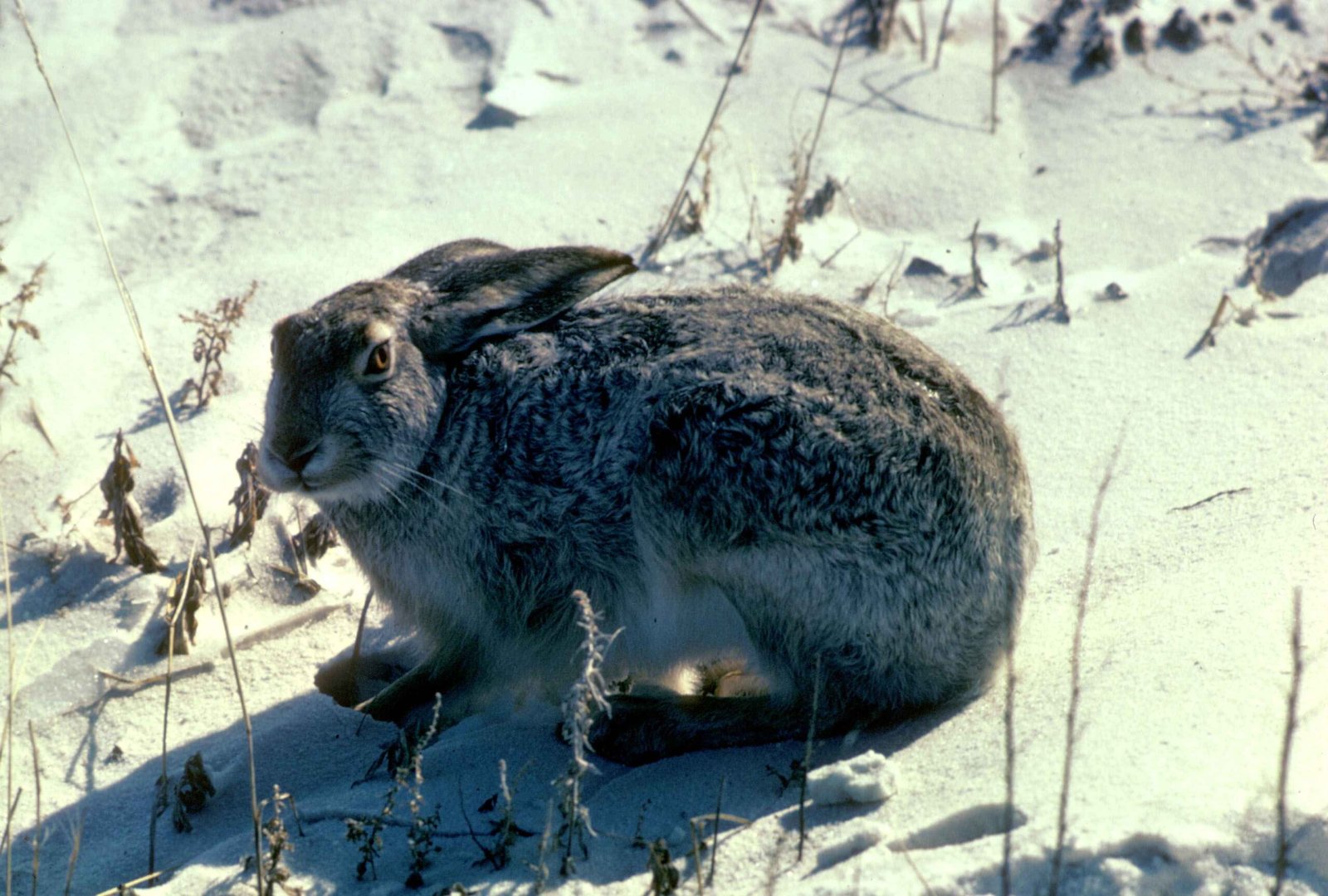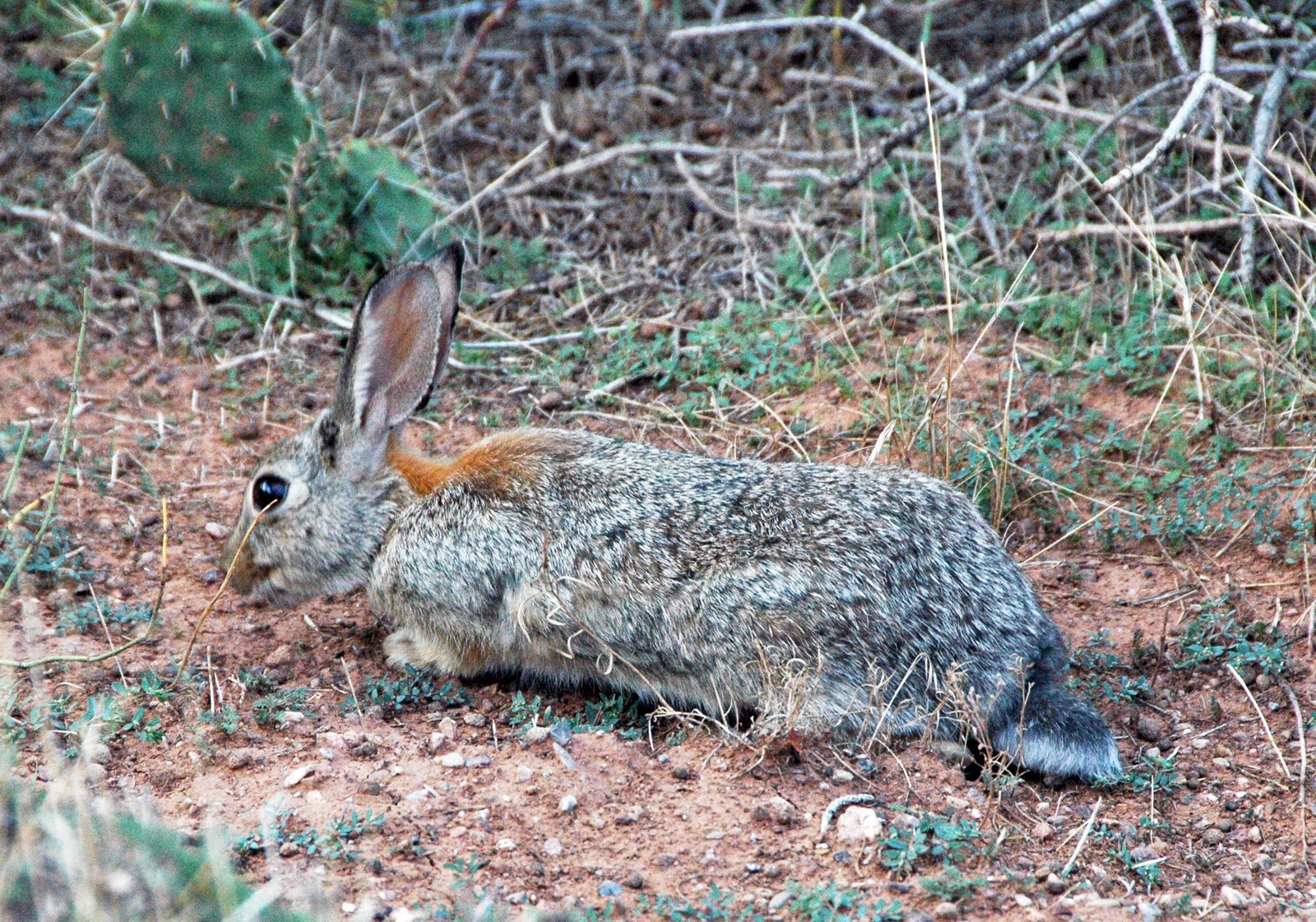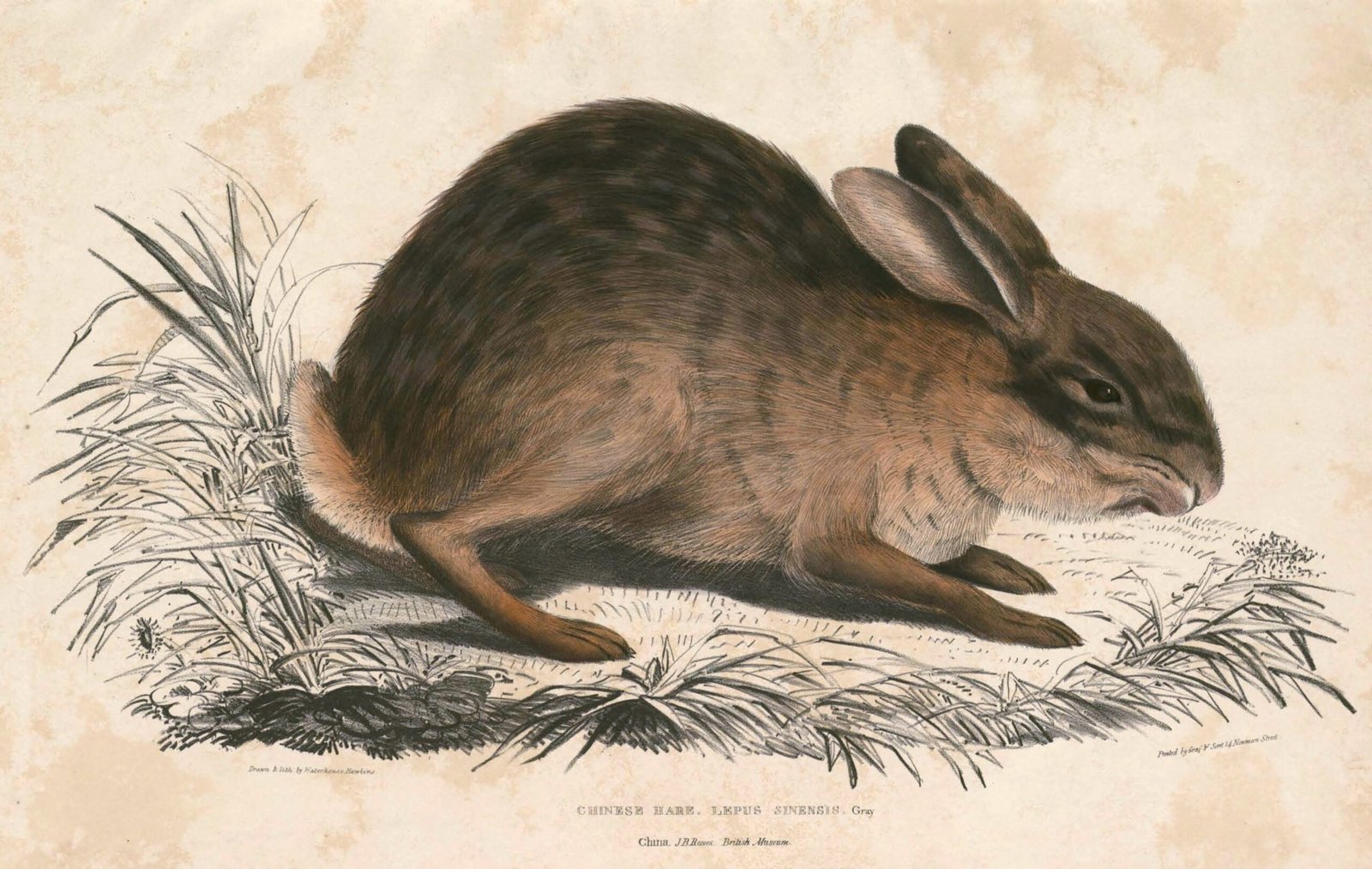Imagine racing across the sun-baked deserts of the American West, the ground shimmering with heat, when suddenly a long-legged creature bounds past, ears towering like radar dishes. Most people would gasp, “Look at that giant rabbit!” But here’s the shocking truth: the jackrabbit isn’t a rabbit at all. This common misconception has fooled generations, blending folklore, science, and everyday language into one of nature’s most persistent myths. Let’s leap into the wild world of the jackrabbit and uncover the fascinating reality hiding behind its name.
The Name That Tricks Us All

The word “jackrabbit” sounds so innocent—so obvious, even. The name itself conjures images of fluffy cottontails hopping through meadows, munching on clover. Yet, this is one of nature’s greatest tricks. “Jackrabbit” is actually a misnomer, a result of early settlers combining the words “jackass” (for its long, donkey-like ears) and “rabbit.” Over time, language softened the term to “jackrabbit,” but the confusion stuck. It’s a classic example of how our first impressions, shaped by appearance and folklore, can lead us down the wrong scientific path.
Meet the True Jackrabbit: A Hare in Disguise

Beneath its misleading name, the jackrabbit is not a rabbit at all—it’s a hare. While rabbits and hares both belong to the same family, Leporidae, they are as different as cousins who only see each other at family reunions. Jackrabbits—like the black-tailed and white-tailed species found in North America—are built for speed and survival in open, harsh landscapes. Their powerful hind legs can launch them up to ten feet in a single bound, and their enormous ears help them regulate body temperature in sizzling environments. This is no ordinary bunny.
Rabbits vs. Hares: What Sets Them Apart?
At first glance, rabbits and hares might seem nearly identical, but the differences run far deeper than their names. Hares, including jackrabbits, are born fully furred with eyes wide open, ready to dash off at a moment’s notice. By contrast, baby rabbits—called kits—arrive naked and blind, nestled safely in underground burrows. Hares rarely dig burrows; instead, they use shallow depressions called “forms” to hide in the grass. Their independent, solitary nature sets hares apart from the more social, burrow-dwelling rabbits.
Supercharged Speed: Nature’s Evasion Artists
One of the most jaw-dropping features of jackrabbits is their speed. These animals can sprint up to 45 miles per hour, making them some of the fastest mammals in North America. When threatened by predators like coyotes or hawks, they zigzag across the landscape with astonishing agility. Their long, powerful limbs are built for explosive bursts, helping them evade almost any danger. Imagine trying to catch a flying football while running on a trampoline, and you’ll have a sense of how elusive a jackrabbit truly is.
Ears That Do More Than Hear
Those towering ears aren’t just for listening. In the scorching desert heat, jackrabbits rely on their ears as natural air conditioners. Blood vessels close to the surface allow heat to dissipate, helping them stay cool even under the blazing sun. On cooler nights, they can constrict the blood flow to conserve warmth. This remarkable adaptation is a vivid example of how evolution shapes every aspect of an animal’s body to fit its environment. Their ears are their lifeline, far more than just oversized listening devices.
Masters of Camouflage and Survival
Jackrabbits are true masters of blending in with their surroundings. Their fur changes with the seasons, turning pale and frosty in winter to match snowy landscapes, or fading into the dusty browns and grays of summer. By crouching low, they flatten their bodies against the ground and become nearly invisible to predators. When stillness fails, they rely on their lightning speed for escape. Their survival is a dance between hiding and fleeing—a delicate balance honed over millions of years.
The Role of Jackrabbits in Their Ecosystems

Jackrabbits play a surprisingly important role in their ecosystems. As herbivores, they feed on grasses, shrubs, and cacti, helping to control plant growth and maintain the balance of desert habitats. Predators such as hawks, eagles, coyotes, and bobcats rely on jackrabbits as a vital food source. Their presence supports a complex web of life, from soil microbes nourished by their droppings to the majestic raptors soaring overhead. Take away the jackrabbit, and the ecosystem would tremble.
Legends, Folklore, and Tall Tales
The jackrabbit’s mystique stretches far beyond biology. In American folklore, the jackalope—a mythical cross between a jackrabbit and an antelope—captures imaginations with tales of its cunning and trickery. Stories abound in Native American cultures, where jackrabbits are often portrayed as clever, resourceful creatures. These legends reveal how deeply the jackrabbit has embedded itself in our cultural landscape, blurring the lines between fact and fiction, science and story.
Misconceptions That Refuse to Die
Despite decades of scientific clarification, the myth of the jackrabbit as a “giant rabbit” refuses to fade. This confusion pops up in children’s books, television shows, and even wildlife documentaries. It’s a powerful reminder that names shape our understanding of the world, sometimes leading us astray. The persistence of this myth shows how hard it can be to separate appearance from reality, especially when language itself gets in the way.
Why Accurate Naming Matters in Science
Names are more than labels—they’re tools for understanding. When we misname an animal, we risk misunderstanding its behavior, needs, and role in nature. The jackrabbit’s story is a cautionary tale about the power of language in shaping scientific thought. By learning the difference between rabbits and hares, we gain a deeper appreciation for the diversity of life on our planet. It’s a call to look closer, ask questions, and never take names at face value.
Fascination with the Jackrabbit: A Call to Discover More

The jackrabbit, with its blazing speed, towering ears, and legendary status, invites us to explore the wild with fresh eyes. It challenges us to rethink what we know about the creatures around us, to dig deeper and uncover the truths hidden beneath the surface. Next time you spot a “jackrabbit” bounding across the plain, remember: you’re witnessing a hare—a marvel of adaptation and survival. Isn’t it amazing how one simple name can hold such a world of mystery?




